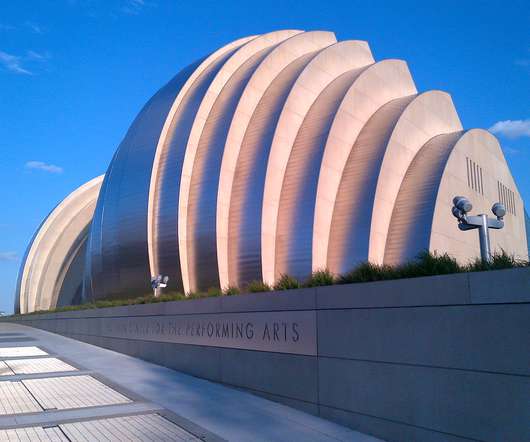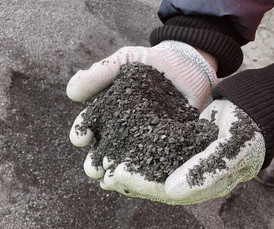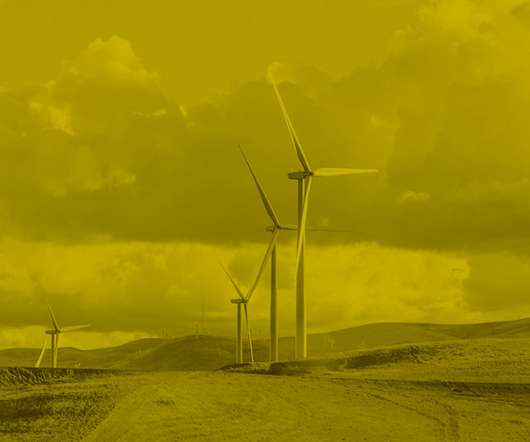To make offices safe during COVID-19, buildings need a breath of fresh air
GreenBiz
JUNE 15, 2020
The data seems to indicate that infections occur in dense inside areas with shared airspace, compounded by recirculating that air — the definition of a modern office building. . These denser, more shared office buildings were considered more sustainable because they used less energy and contained more people on a smaller carbon footprint.






















Let's personalize your content